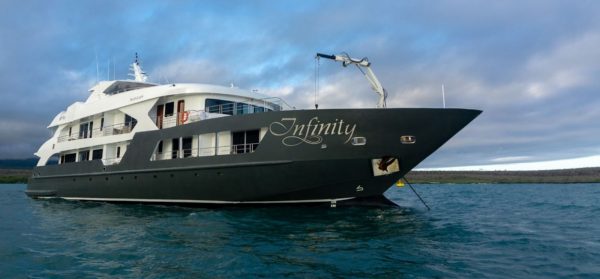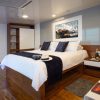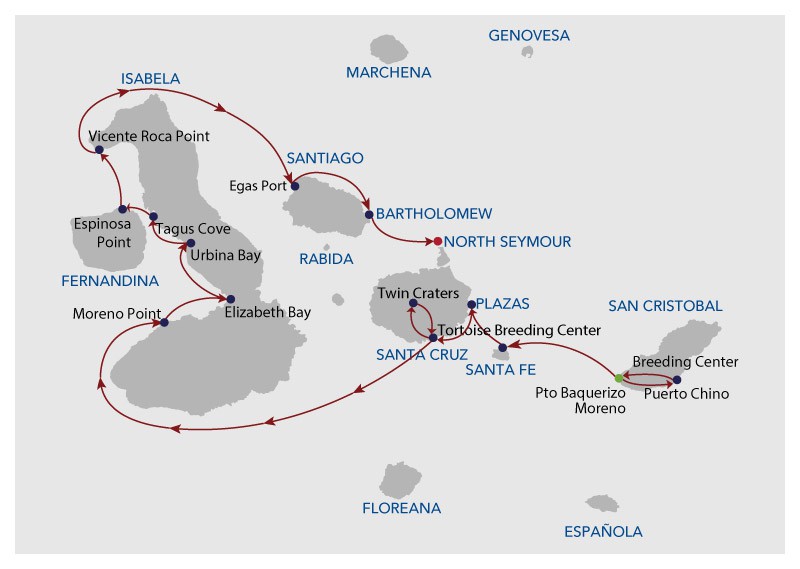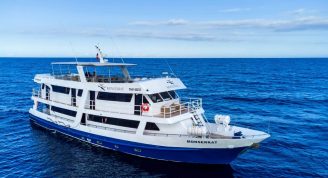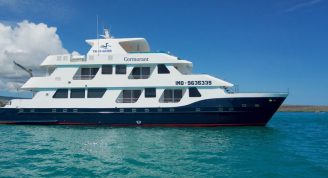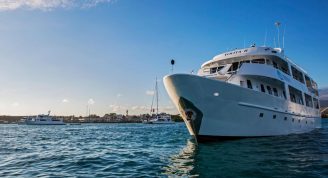Description
Our complete itineraries are developed for the benefit of our passengers, who will have the opportunity to combine hiking, snorkeling, beach and kayaking; our professional guides will introduce you to the most relevant sites on each island.
Trip Name
Galapagos Cruise - 8 Days B (Infinity)
Days
8
Overview
Type: Yacht
Length: 161 feet / 49 meters
Capacity: 20
Year Built: 2018
The Infinity is the modern yacht (2018) with unrivalled spacious luxurious cabins and suites.
Outside dining and bar and also a solarium allow you to cruise the Galapagos in tremendous style and sumptuous luxury. All eight cabins and two suites have private balconies.


